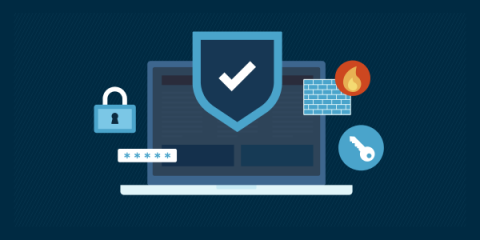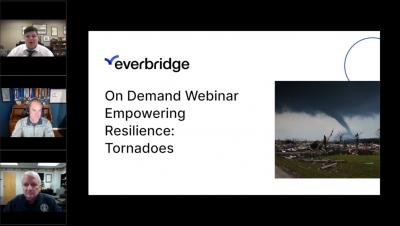What is Business Continuity and Disaster Recovery (BCDR)?
Perhaps the worst IT scenario an organization can face is an unexpected and forced suspension of all its operations. The downtime that’s experienced in such a situation can lead to financial damages that far exceed those from lost data or hits to reputation. While cyberattacks vary in intensity and approach, downtime and catastrophic loss of data come in many more forms and are equally, if not more, difficult to avoid.





